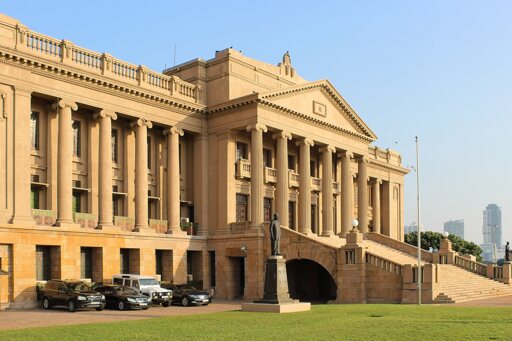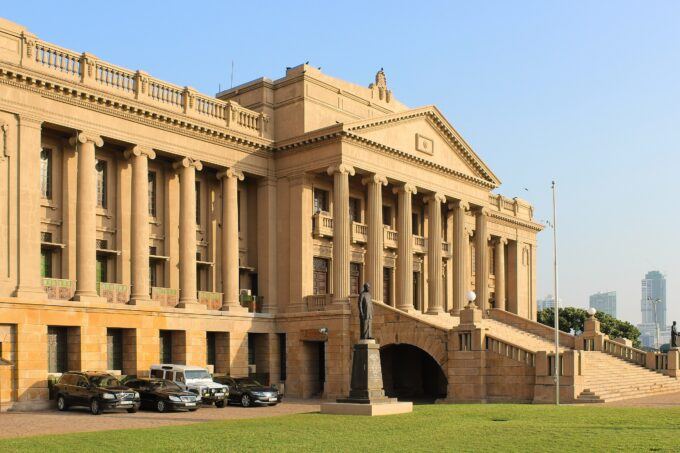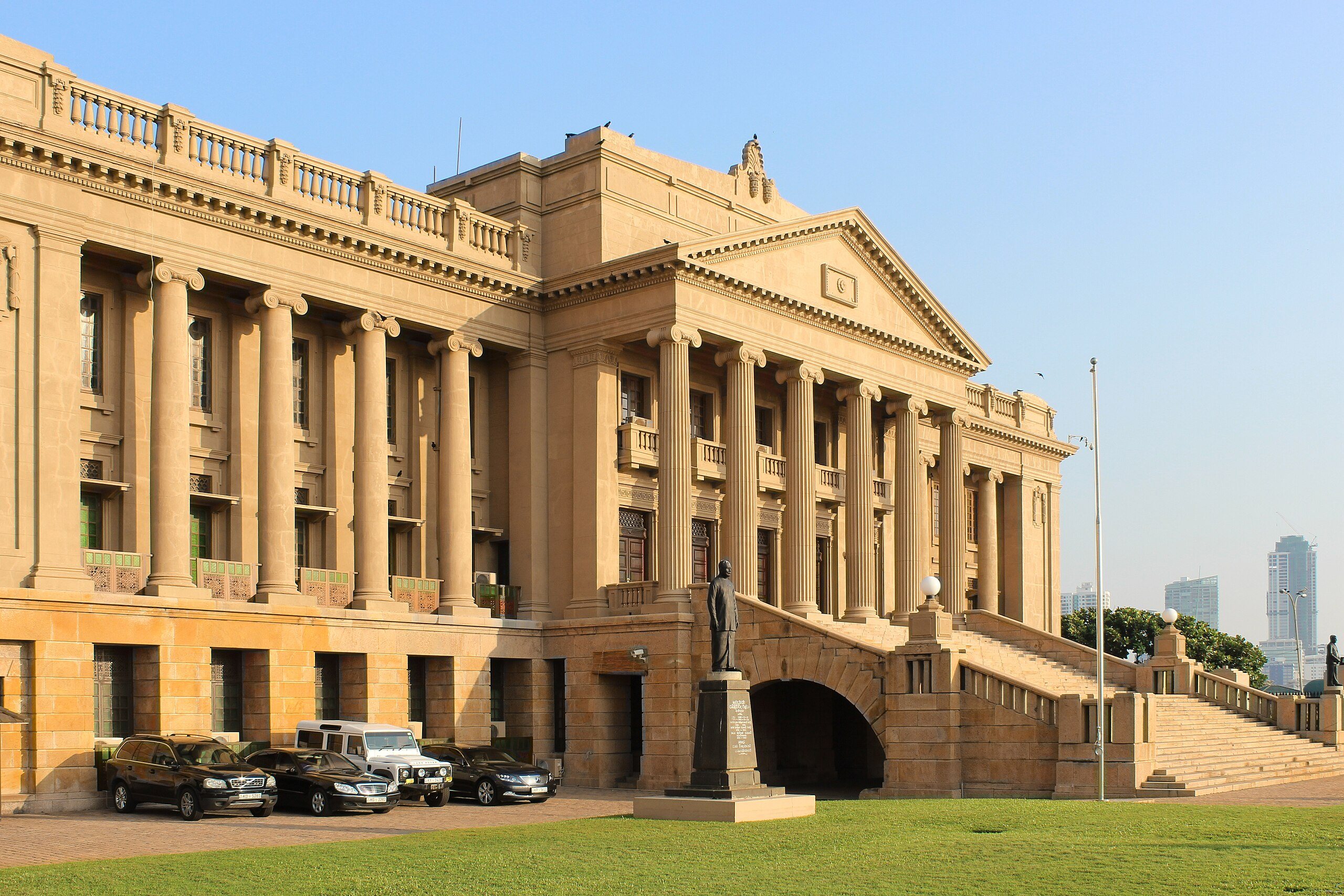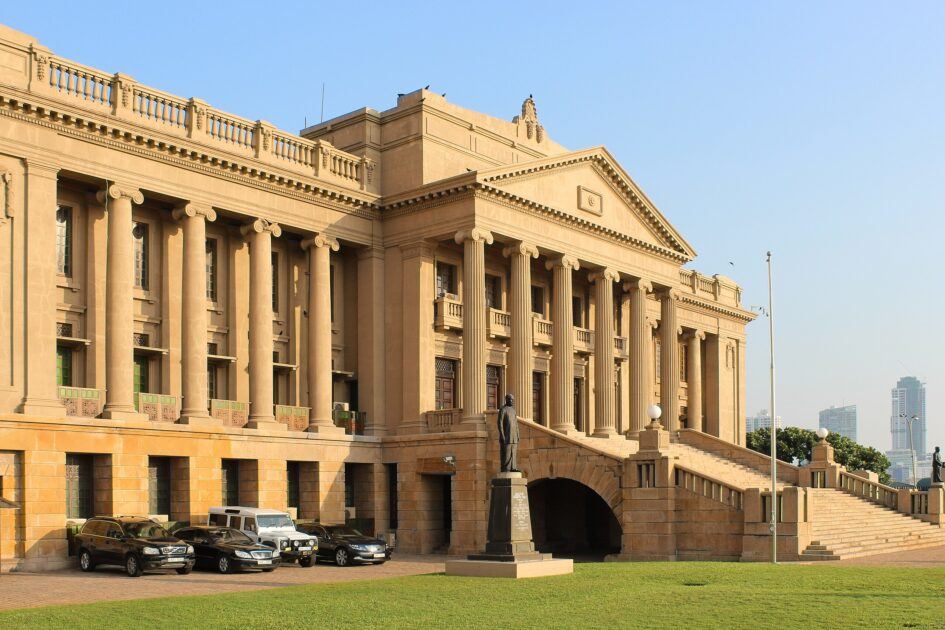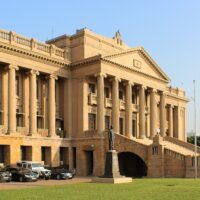Photograph Source: Grayswoodsurrey – CC BY-SA 4.0
Sri Lanka’s 2024 elections have fast-tracked reforms that began after the country’s 2022 economic crisis, when mass protests forced limits on presidential powers. In 2025, the new government has been pushing further toward a parliamentary system, which was in place during its independence before it converted to a presidential system in 1978. Sri Lanka’s potential swing back fits South Asia’s traditional experimentation with different democratic models. Pakistan also began as a parliamentary democracy during independence, but has since then alternated between parliamentary and presidential systems. Bangladesh, meanwhile, transitioned to a presidential system before reverting to parliamentarism in 1991.
The ongoing debate in South Asia is part of a larger conversation about what type of democratic governance is best. With the notable exception of China, North Korea, Saudi Arabia, and a handful of other authoritarian states, most of the world’s countries now hold regular elections with at least a formal commitment to democracy. Roughly “36 percent of democracies are parliamentary, 25 percent are presidential, and 39 percent are semi-presidential,” according to the nonprofit educational technology platform OpenStax.
Democracy has become the global default system of government in recent decades, but its appeal and credibility have waned. Many regimes that call themselves democratic conduct rigged elections or have stage-managed political processes, while in long-established democracies, trust is eroding in institutions. With ideological competition increasingly taking place within democracies rather than against other political ideologies, understanding the development, forms, and appeal of different models is increasingly essential to safeguard the process.
The origins of today’s democratic models took shape in distinct ways, centuries after the ancient Greeks in Athens introduced self-rule, allowing a limited segment of society to govern through direct or representative voting. The U.S. established the first presidential republic in 1789, with a president directly elected as head of state and government. Independent from the legislature, the president appointed an administration largely of their choosing (subject to legislative approval). While the office echoed monarchical power, it was constrained by checks from other branches and later by term limits.
The model proved popular across the Americas during the 1800s, as newly independent countries adopted the presidential template to assert sovereignty and strengthen executive authority in the face of instability and foreign pressure.
Parliamentary government, by contrast, places executive authority with the legislature instead of a single office. The prime minister can be removed through a vote of no confidence, and cabinets often depend on changing coalitions to retain power.
This system traces back to medieval Europe, where monarchs occasionally consulted assemblies but typically limited their powers. After England’s Glorious Revolution of 1688, the monarch was required to govern with parliament’s consent, and over the next centuries, parliamentary systems spread across Europe and former British colonies like Canada, Australia, and New Zealand.
After both World Wars, new democracies in Europe and Asia often adopted parliamentary institutions, with the U.S. encouraging them to avoid concentration of executive power in one figure and guarding against the return of strongman rule. “The post-Second World War occupations of Germany and Japan were America’s first experiences with the use of military force in the aftermath of a conflict to underpin rapid and fundamental societal, political, and economic transformation. … Their success demonstrated that democracy was transferable; that societies could, under certain circumstances, be encouraged to transform themselves,” stated E-International Relations.
The rollback of European colonial empires produced a wave of democracies, with other British colonies also adopting parliamentary systems, building on institutions established under colonial rule.
India’s democratic system, for example, was shaped by the Indian Civil Service and British administrative frameworks and became the largest parliamentary democracy in the world after independence in 1947.
Elsewhere, however, democratization was far more rushed. Many anti-colonial movements rejected British and other European parliamentary traditions in favor of presidential systems, which promised unity and decisive leadership while giving ambitious leaders a clearer path to consolidate power. Former British African colonies like Ghana, Malawi, Nigeria, Kenya, and Uganda had parliamentary systems when established, but switched to presidential rule after independence. Outside Africa, countries such as Guyana and Sri Lanka also opted to change to centralized presidential systems.
[Content truncated due to length…]
From CounterPunch.org via this RSS feed


